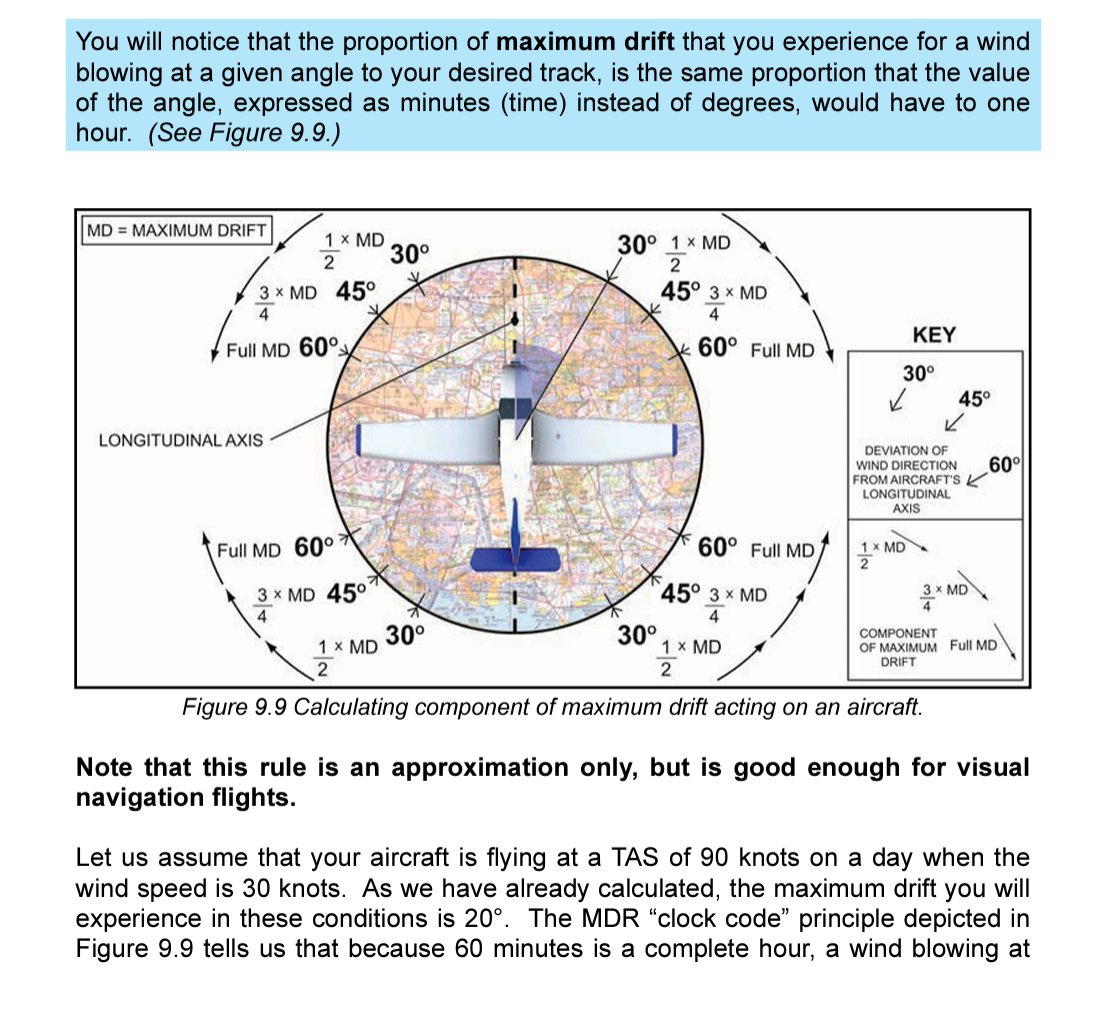In case you may be wondering what a PPL student is tested on when he or she undertakes a skills test. These points may prove useful to those of you who are preparing for the test or are thinking about getting your wings.
On the day
· In the morning look at forecast, text Examiner with decision if you want to fly
· Go to airfield
· Check-out aircraft and fill with fuel
· Meet Examiner
· Check weather again, is weather still OK? It’s the student’s decision whether or not to fly
Pre-flight
· Plan Route
· Mass & Balance calculations
· Take-off and Landing performance calculations
Documents
· Medical Certificate
· Passport
· Log book
· Valid Certificate of Course Completion
· Evidence of completion of all theoretical exams
· All airplane tech documents
· Charts for route and airfield info
· Narrow route NOTAMS
· PLOGs (two copies)
Pre-flight prep
· General knowledge questions on the aircraft
· Instructions as to the purpose of the flight and the expectations
· Weather and cross-wind calculations to be done by student
· Brief the Examiner: exits, emergency procedures
· He can look for traffic
· I can initiate conversation during the flight if I wish to
Departure and takeoff
· Normal check-list items
· Tune in VORs
· Assess the cross-wind component and tell the Examiner what it is
· Inform Examiner of take off and climb speeds
· Hold runway heading
· Carry out (and say) climb-out checks
Part I: Navigation
Student’s responsibility is Radio, Navigation, Safe conduct of flight
· Inform Examiner of altitude, heading and ETA to waypoints and turning points
· If I want to revise, communicate new ALT, HDG, ETA
· Do a gross error check at each turning point
· Set the DI and compass after each turn
· Do iFREDA checks every 15 minutes
· Arrive at turning point
· Identify by pointing out at least three features
· Turn onto next heading
· State altitude, heading and ETA
On second leg, examiner will ask “Show me on the map where we are” and will point to a diversion on the chart
- It’s my decision from where I want to divert from
- Draw a line on the chart to new destination
- Mark ½ way point
- Note heading and distance
- Correct heading for drift
- Give Examiner altitude, heading and ETA
- Turn onto heading and make the radio call: position, now routing to...
- Gross error check and revise heading along the route if necessary
- Note time at ½ way point
- Arrive at divert destination
Part II: General Handling
Examiner’s responsibility is Radio, Navigation
Student’s responsibility is safe conduct of flight
The following can be done in any order
DO LOOKOUTS BEFORE EACH MANEUVER!!!
· Straight and level
· Full throttle
· Pitch down slightly
· Trim
· Climb at Vx (best angle)
· Climb at Vy (best rate)
· Climb to specified altitude
· Descent to specified altitude
· 30º turns onto specified headings
· Climbing turns left and right
· 45º bank turn through 360º
• Maintain altitude and airspeed
3 Stalls with minimum loss of altitude and a recover to a climb
· HASELL and HELL checks
· Full stall; recover when nose drops or on command
· Base to final stall
· Approach (final) configuration stall
· Slow-safe without flaps
· Steep gliding turns
· Spiral descent: recover to level flight with minimum loss of altitude
• Instructor will put the plane into a spiral descent
Simulated IMC
- Put on hood
- Ask Examiner to clear turn
- Execute a 180º Rate One level turn
- Maintain heading and/or climb
Emergency engine failure
- Identify wind direction
- Identify field
- Once heading toward field carry out restart checks
- Identify 1000’ point to turn onto base
- Mayday call
- Continue to go-around
Engine failure at take off immediately follows
- Flaps up (if still in the go-around from the emergency landing)
- Continue until go-around
Other emergencies may come up (touch drills)
· Engine fire in flight
· Electrical failure
· Radio failure
Intercept a VOR
- “QDM” to VOR or “Get us to XXX ”
- Turn OBS so that it is centered and the “TO” flag is showing
- Turn onto that heading and then go past to intercept
- Anticipate the heading as the needle approaches the center
- Once on track take into account wind!
Position fix with second VOR
- Fly along radial established by first VOR
- Dial in station (set station pre-flight)
- Tune in other radial
- Mark position on chart
- Confirm with visual references
After this the Examiner helps with direction and hands over full control back including radio calls and navigation
Request join to pattern and perform the following landings:
· Flapless approach
· Bad-weather circuit
· Glide approach
· Normal circuit
· Perform a go-around when necessary or instructed
· Precision approach (Bad-weather but with heavy braking when landing)
· Taxi, park, breathe
· Tea

